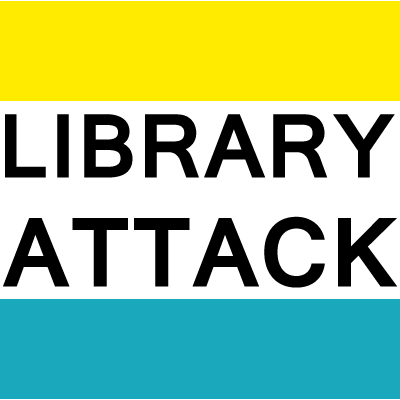I’m supposed to be getting ready for the TRB Annual Meeting, but I’ve been bogged down with pulling PDFs of other conference proceedings off of discs. It’s a weird skill to have – figuring out how to bypass the auto-run software, locate the files, and locate the single paper somebody wants. It’s clear that back in the late 1990s/early 2000s when organizations switched from paper to disc they did it with good intentions and not much of an idea for future access, which is really preservation.
One of my least favourites to deal with is ITE, especially their proceedings from 2003. The disc wants to install an outdated version of MS Access and Acrobat, and the PDFs themselves are “hidden” in a zip file. We’ve had problems from these discs, where we can’t really access the table of contents and have to do brute force techniques to find the file we want. This is only going to get worse as time goes by, but it’s fine since we’re moving to on-line exclusively, right?
Well… I don’t know about that. This year the TRB Annual Meeting papers are being made available to registrants on-line for the first time. People are excited. As a user, I’m excited. As a librarian, I’m concerned. How long will we have access to these papers? 1 year? 2 years? More? Are they going to be persistent? And that’s where we get into the messy stuff. We want to have certain expectations met from organizations that provide access to material on-line. I’ve been conditioned to recognize it’s not out right ownership, like something physical, but just access. Meeting papers, which are really just pre-prints, are still heavily used. We routinely get people looking for ones back to the beginning of our collection (1974). The demand’s not going to go away. It’s not just TRB, it’s everybody. I wish every professional organization was like IEEE, but that’s not realistic. It’s going to be some interesting road ahead.


Leave a Reply